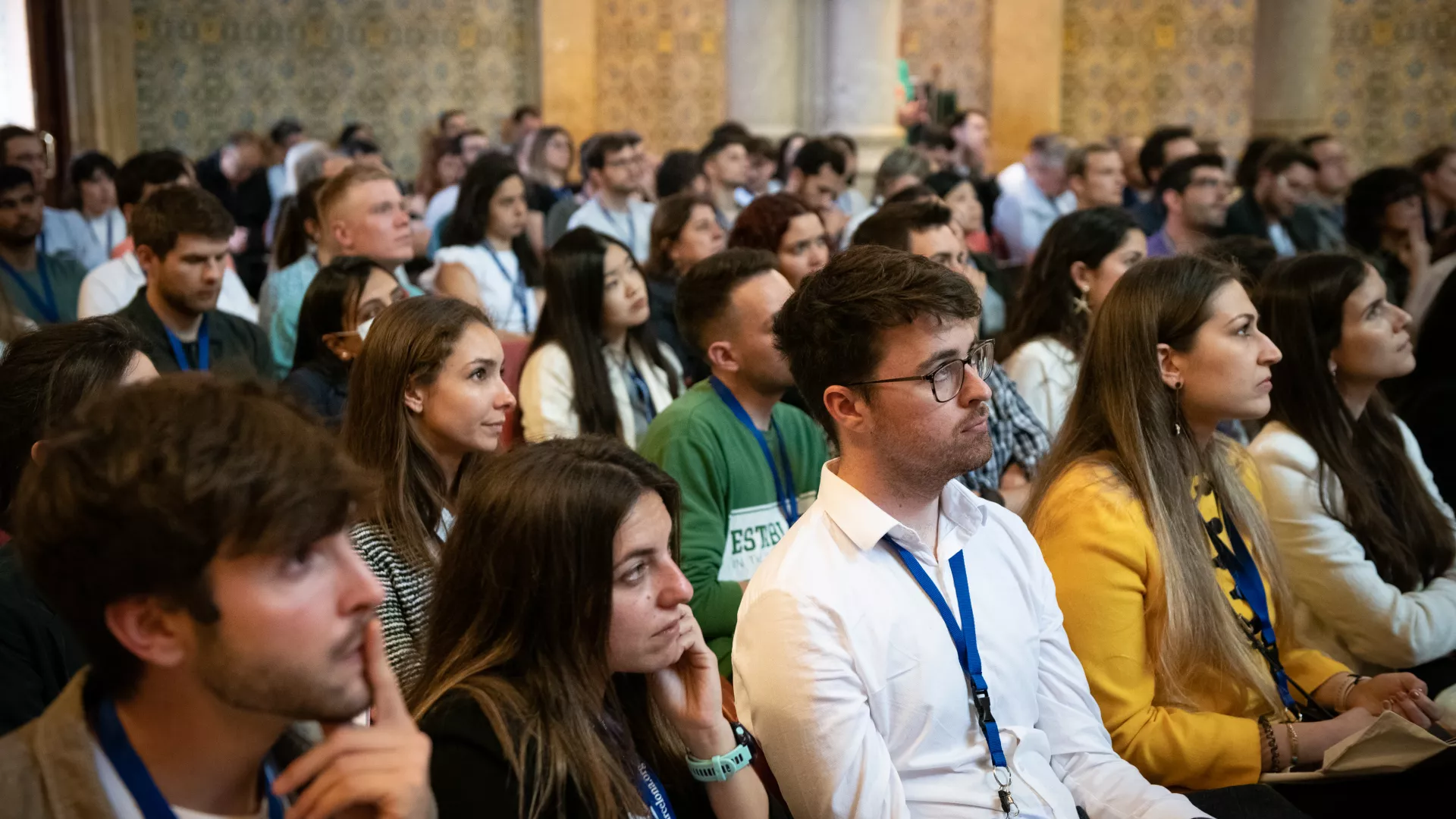Speaker: Prof. Dmitry Bulavin
DR1 INSERM, Institute for Research on Cancer and Aging (IRCAN), Nice, France
Presentation
Host: Manuel Serrano
Node: Preclinical Models of Cancer / Preclinical Models of Disease
Date: Wednesday 2 November 2022, 12.00h
Place: Auditorium
IMPORTANT: For attendees outside the PCB community you must register at least 24h before the seminar.
Abstract
Despite advances in four factor (4F)-induced reprogramming (4FR) in vitro and in vivo, how it interconnects with senescence remains largely under-investigated. Using genetic and chemical approaches to manipulate senescent cells, we found that removal of p16High cells resulted in 4FR of somatic cells into totipotent-like stem cells. These cells expressed markers of both pluripotency and the 2-cell (2C) embryonic state, readily formed implantation-competent blastocyst-like structures, blastoids, and following morula aggregation, contributed to embryonic and extraembryonic lineages in E12.5 embryos. We identified senescence-dependent regulation of nicotinamide N-methyltransferase (NNMT) as a key mechanism controlling the S-adenosyl-L-methionine (SAM) levels during 4FR that was required for expression of the 2C genes and acquisition of an extraembryonic potential. Importantly, a partial 4F epigenetic reprogramming in old mice was able to significant reverse several histopathological markers of liver aging only in conjunction with depletion of p16High cells.
Our results show that the presence of p16High senescent cells limit cell plasticity, while their depletion can promote totipotency and tissue rejuvenation during 4F-reprogramming.

